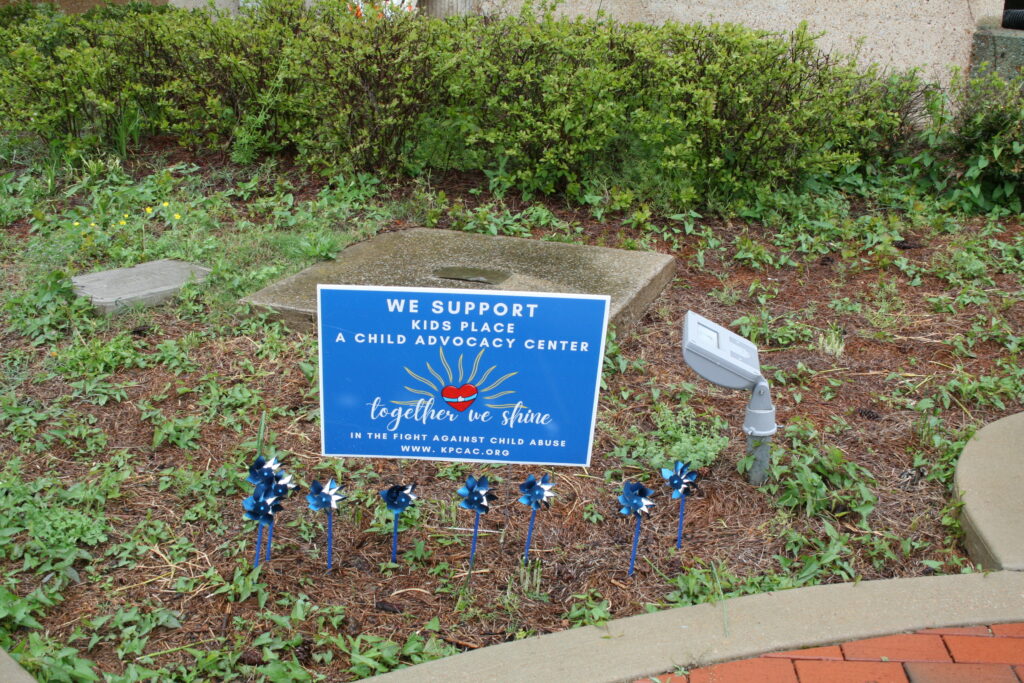“How much lime should I apply to my pastures?”
“My tomatoes have blossom end rot. Why?”
“Why do I have a lot of sage grass?”
These are all common questions I’ve received this past year. None of them can be answered without knowing what’s going on below the surface, beginning with the soil pH.
Soil pH is a relative value of the soil’s acidity (sourness) or alkalinity (sweetness). If the soil pH is too high or too low, it causes the nutrients within the soil to be “tied up” and therefore unavailable for plants to take up through their roots. So you could have all the right nutrients within the soil or be fertilizing per your soil test, but without the pH being in the crop’s ideal range, those nutrients aren’t actually being used because they’re not available to the plant.
In Wayne County, a majority of our soils are naturally acidic and have a pH below 7.0. The optimum pH for plants and crops varies. Below are examples of ideal pH ranges for different crops:
•Blueberries: 4.8 to 5.2
•Tomatoes: 6.5 to 6.8
•Most Pasture and Lawn grasses: 6.0 to 6.8
•Hydrangeas: 4.5 to 5.5
•Cole Crops: Around 6.5
So how can you know if your soil is suitable to grow any crop? You can’t know without testing your soil first. A soil test will tell you the soil’s pH and how much lime is needed to increase the pH or how much sulfur is needed to decrease the pH. Because it takes a couple months to a year to see improvements, fall is a great time to go ahead and apply lime or sulfur to your lawns, gardens, pastures, or crops. In addition to lime or sulfur application recommendations, you’ll also get recommendations on how much Nitrogen, Phosphorus, or Potassium is needed for your particular crop as well.
The UT Extension office can provide you with soil sampling boxes and submission sheets for you to mail to UT’s Soil, Plant, & Pest Center. The current cost for a basic soil test is $15/sample. Your soil analysis is only as good as your soil sample. There is a proper way to get a good, uniform sample and we would be happy to talk you through sampling your soils to ensure you obtain accurate results.
In closing, let’s answer those first three questions:
•“How much lime should I apply to my pastures?” – A soil test will give you liming recommendations.
•“My tomatoes have blossom end rot. Why?” – “BER” is due to a calcium deficiency. Low calcium in the soil, low pH, low soil moisture, or heavy fertilization can cause this. A soil test will let us know if pH is the issue and/or if there’s enough calcium available in the soil. (Soil pH, low moisture, and heavy fertilization cause calcium to be unavailable for the plant).
•“Why do I have a lot of sage grass?” – Broomsedge aka “sage grass” is an indicator plant, meaning it is a symptom of a larger problem underneath the surface. You may have heard that sage grass means the pasture needs to be limed. While that may be true, if that pasture’s pH is corrected but phosphorus levels are low, the environment is still favorable for broomsedge growth. A soil test will help you determine liming and/or phosphorous recommendations. (Note: fertilizer and lime will not kill broomsedge, but it will make the environment more favorable for desirable forages. This is one of the many steps in controlling broomsedge.)
If you have any questions, please call the UT Extension office at 931-722-3229 or e-mail Megan Harris at [email protected].







